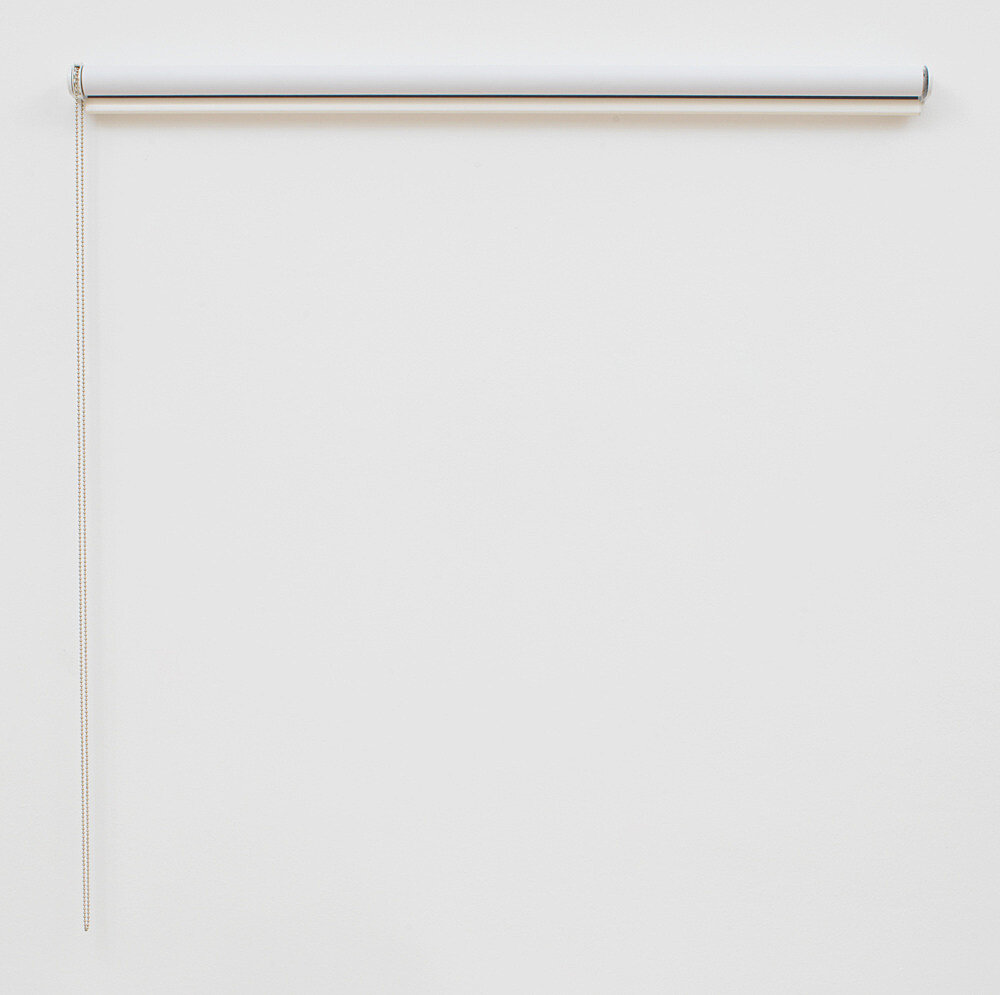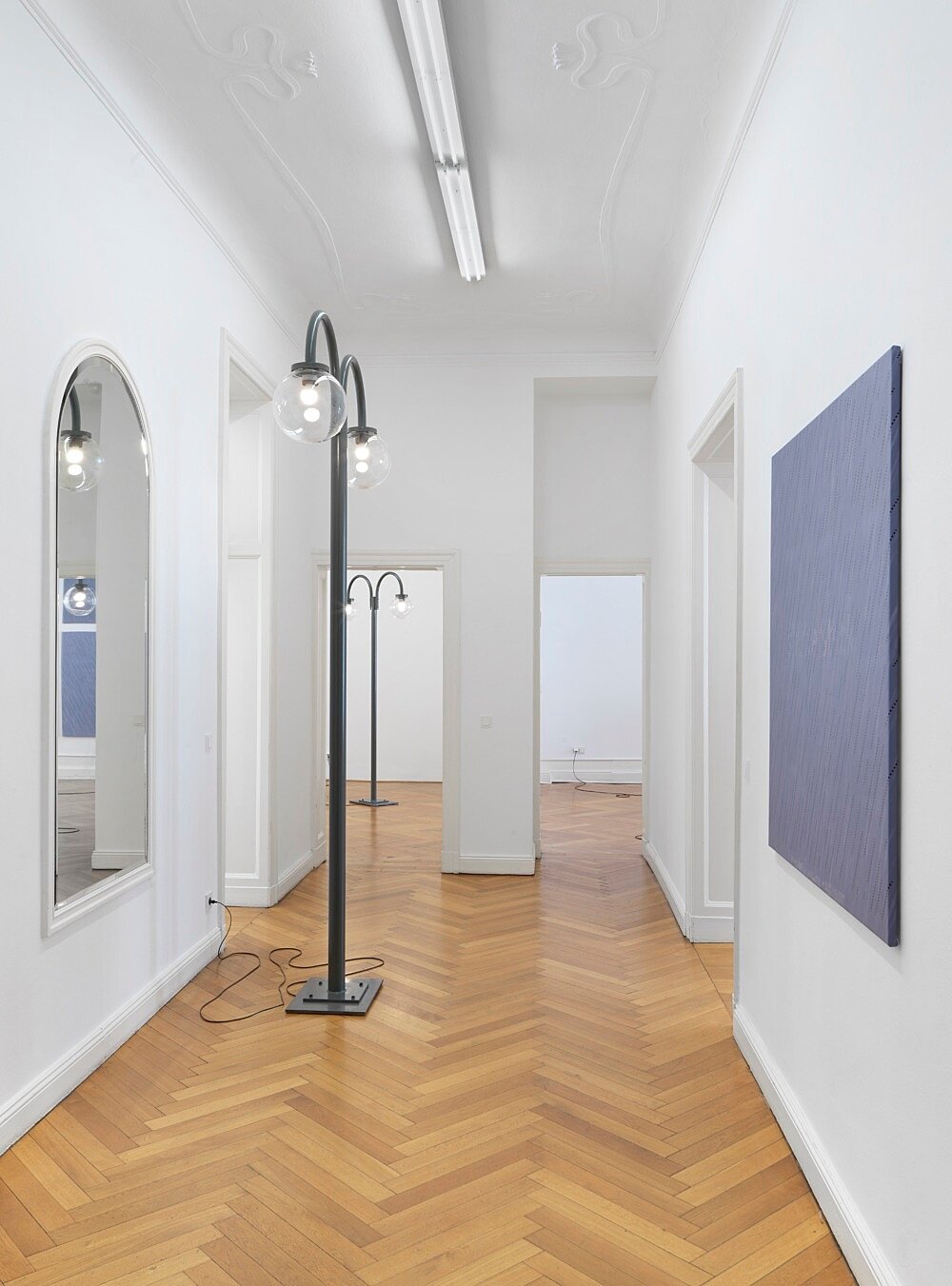Gili Tal
“For the Sake of Those Who Would Discriminate Between Hallucinations”
19 June - 15 August 2020
I was going to write about how this is all about streets. And the way that new ones seem to just appear, as if from nowhere. Which they do, and always have. All that being as it may, I think it’s more about photography again, or particular genres of it, like the commercial ones from the world of real estate, which for that matter covers art exhibition photography as well, and the way that both of these deploy various dramatic tropes such as the recessive effects of vanishing points. Bourne of single-point perspective, techniques like this are also broadly familiar from the world of cinema, where a plunging view point effectively draws the viewer into the frame. But in terms of commercial photography, such means have at least one other convenient side-effect at their disposal, like the added value begot by the new-found sense of dynamism that’s now inhered in the picture. Or failing that, at least what comes of the mere fact of a declaration, or communiqué, that it is indeed there to be found, even if you can’t quite make it out in terms of actual content.
Corridors have long been described as less spaces, more channels, of communication. On their way to somewhere else, people, things and messages pass through them, supposedly in both directions. Architectural theorist Mark Jarzombek has written at length on how from the 17th-century on the corridor became the organising structure of the modern large-scale edifice, public or private. Touching on notions of the ‘romance of connectivity’, he said that the corridor should be regarded as a ‘programme’ rather than a structure, since it ‘recodes’ the building which contains it with the terminology of couriered messages. In which case each opening off it might constitute an address, or even a url. This expectation of the acquisition of some kind of new knowledge upon finally crossing the desired threshold can’t help but imbue such spaces with a particular emotional latency, even if, or precisely when actually, its actual delivery is deferred because said threshold simply multiplies and becomes the next one along in the queue.
When I said this is more about commercial photography, it could be better to be specific and write about how it probably stemmed more from the latter kind that I mentioned, art exhibition photos, and looking at them online. Plucked out from their feed and spread out to appear en-masse, what presents itself in the end is a series of endless hallways. A panorama of frozen white interiors shot at achingly austere angles, their signalling that they want to transmit a piece of information outwards finds a gap where that information should be and leaves nothing much more than a roll-out of walls and slightly mournful perspectives. What is posed as an outward move reaches in. But then, corridors have always had a sort of tension at heart. Variously vaunted for both their utopian potential to connect, or opposite one for opening unto a private occluded world where before there was none, they’ve been given credence for their mysterious interplay of open and closed meanings. 1 It’s maybe possible for said interplay to keep on going. There’s been enough written on arcades etc and their bleeding of indoor and outdoor space, and what that does. But in terms of the reality, when looking down a new street just appeared, it’s hard not to notice that its traffic tends to be moving one way.
G.T.
1 I am referring to the transformation of domestic interior architecture that occurred across 18th-century Northern Europe, where the appearance of the corridor in the houses of the bourgeoisie meant that rather than traverse the house from one room to the next, tangential hallways now circumvented them to create a new kind of privacy for the affluent.

'Blinds', 2020
digital print on roller blind
5 × 130 × 7.5 cm
Unique

Gili Tal
'Inward Looking', 2020
painted steel, raw steel, plexiglass globes, electrical components, light bulbs
300 × 144 × 35 cm
Unique